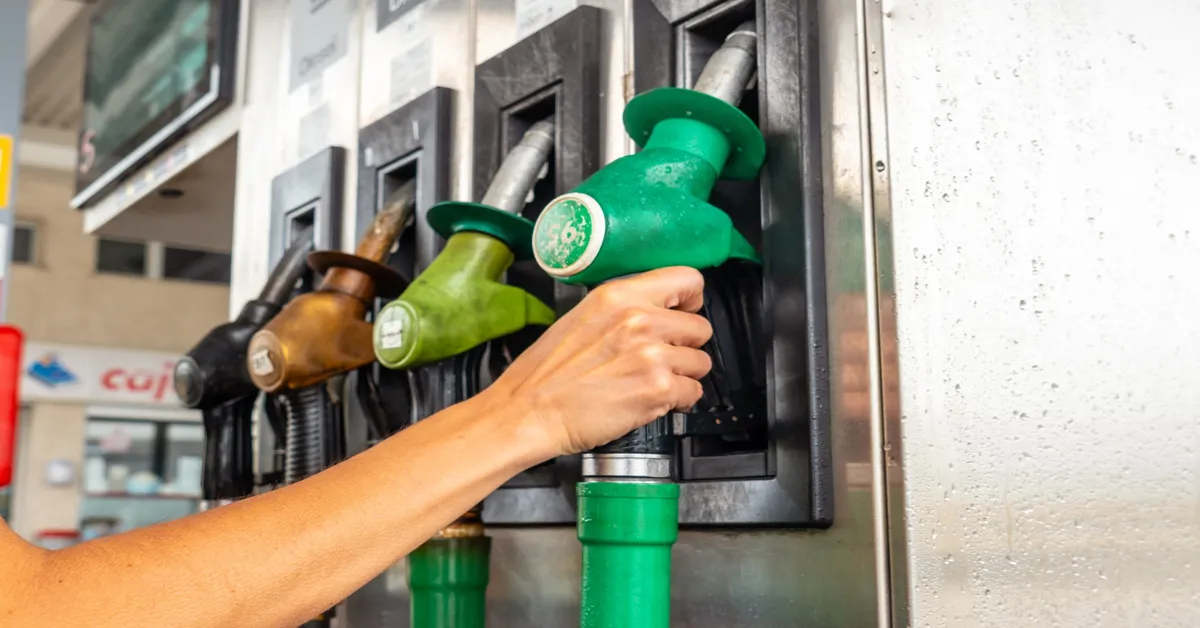If your business relies on a fleet of vehicles, managing fuel expenses efficiently is crucial for maintaining profitability and operational control. One of the most effective tools for achieving this is a fleet gas card, which provides businesses with fuel discounts, real-time tracking, and centralized billing. Partnering with providers like businessfleetsolutions.com can significantly simplify the application process and help match you with the best fleet card based on your company’s needs, regardless of your business size or credit profile.
1. Understand Your Business Fuel Requirements
Before you apply, it’s essential to evaluate how your company will use a fleet gas card. Start by identifying:
- The number of vehicles in your fleet
- Monthly fuel consumption across your operations
- Geographic areas of travel (to ensure coverage in those areas)
- Fuelling habits, such as preference for branded stations or flexibility with universal cards
This self-assessment will help you narrow down the type of card that aligns best with your usage and management preferences.
2. Compare Fleet Gas Card Options
There are a variety of fleet gas cards available, each offering different features and approval criteria. Major oil brands like Shell, BP, and ExxonMobil have their own cards, often accepted only at their branded stations. Alternatively, there are universal fleet cards accepted at thousands of locations nationwide, offering more flexibility. When comparing cards, focus on:
- Where the card is accepted
- Fuel discounts or rebate programs
- Management features such as spending limits, driver tracking, and reporting
- Fees and interest rates
Working with a fleet card specialist like Business Fleet Solutions can help you compare multiple offers at once, saving time and ensuring a better fit for your business operations.
3. Make Sure Your Business is Properly Registered
Before applying, ensure your business is officially registered and legally structured. You’ll need:
- A valid business name
- A Federal Tax ID number (EIN)
- Proper state and local business licenses
Some fleet card issuers are open to sole proprietors and startups, while others may require more established business credentials.
4. Evaluate Your Credit Standing
Your credit profile, whether business or personal can impact your ability to get approved. Here are a few considerations:
- Established businesses with a strong credit history are more likely to receive high credit limits and favourable terms.
- Startups or companies with limited credit may still qualify but could be required to provide a personal guarantee or apply for a secured card.
- Keep in mind that timely payments and good financial management will help build business credit over time, making future approvals easier.
Providers like Business Fleet Solutions often work with companies across the credit spectrum, helping them get approved even with limited credit history.
5. Gather the Necessary Documents
To streamline your application, have the following information ready:
- Business name, address, and contact information
- Employer Identification Number (EIN)
- Owner/officer identification
- Number of vehicles and estimated monthly fuel needs
- Bank account details for setting up payments
- Personal details if a credit check or guarantee is required
Being prepared will help prevent application delays and improve your chances of swift approval.
6. Submit the Application
Once you’ve chosen a card and gathered your documents, you can apply online directly or through a fleet solutions provider. Applying through businessfleetsolutions.com offers an advantage experts can guide you through the application and may provide access to card options that are not publicly advertised, improving your odds of approval.
7. Review Terms and Understand Your Obligations
Always read the fine print before accepting any card offer. Pay close attention to:
- Monthly or annual fees
- Fuel discount structures and usage conditions
- Late fees and interest charges
- Liability terms, particularly if you’re offering a personal guarantee
Knowing the terms upfront can help you avoid unexpected charges and set clear usage policies for your team.
8. Manage the Card Responsibly After Approval
Approval is only the beginning. To make the most of your fleet gas card:
- Use spending controls and alerts to monitor usage
- Train drivers on responsible usage and card rules
- Monitor your statements and reporting dashboards regularly
- Pay your bill on time to build credit and avoid fees
Many fleet cards offer real-time data and advanced analytics, which can uncover cost-saving opportunities and detect suspicious transactions.
Getting approved for a fleet gas card involves more than just filling out an application, it requires careful planning, understanding your business’s needs, and choosing the right partner to support your journey. By working with experts like businessfleetsolutions.com, you can simplify the process and increase your chances of approval, even if your business is just getting off the ground or has limited credit.
With the right preparation, a fleet gas card can become a key asset for managing your company’s fuel expenses, increasing efficiency, and supporting long-term growth.

